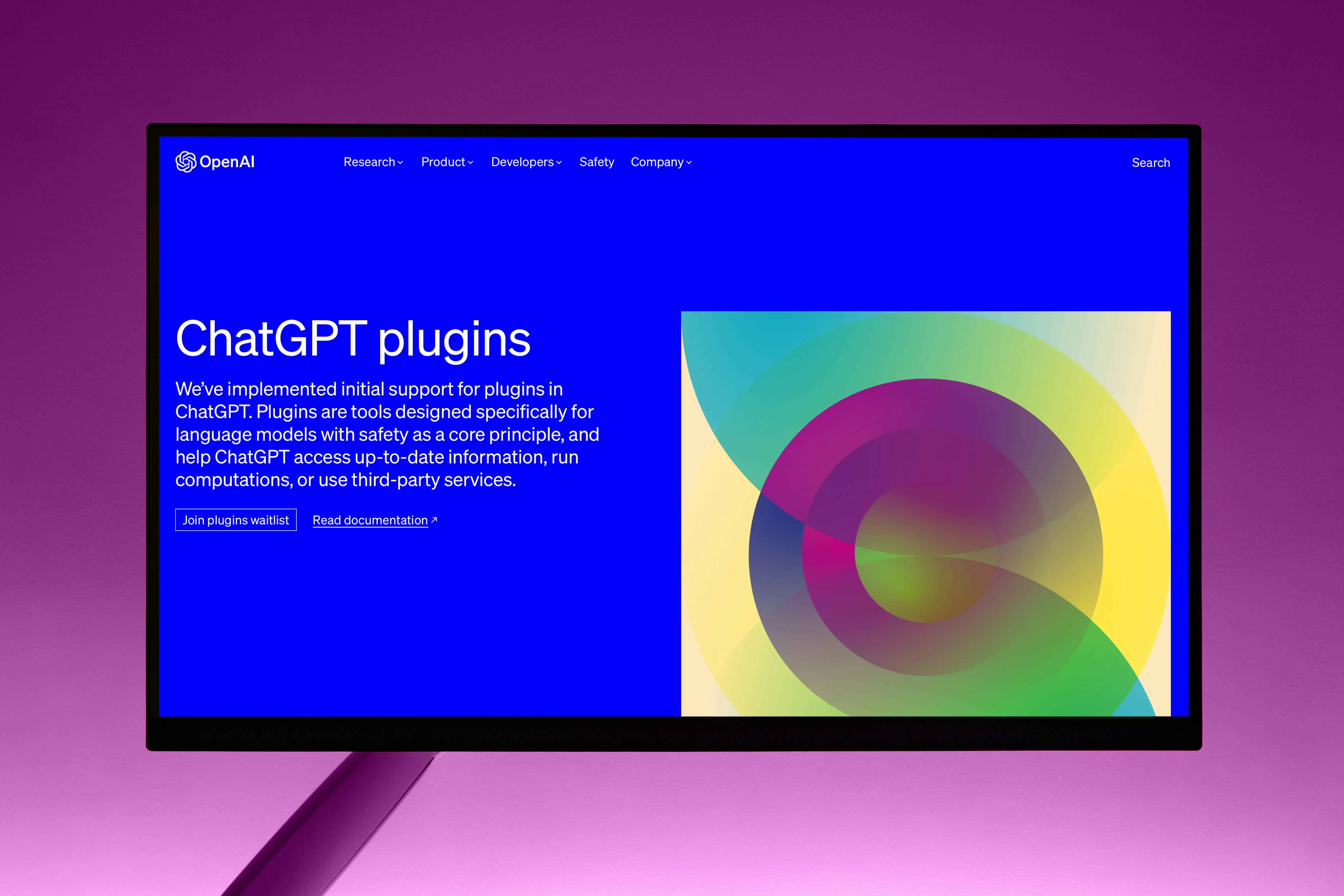Web Design Trends That Will Dominate in 2025
As we move further into 2025, web design continues to evolve with innovative approaches and cutting-edge technologies. Here are the top 10 trends shaping the digital landscape this year.

1. AI-Driven Personalization
Websites are increasingly using artificial intelligence to create unique, personalized experiences for each visitor. From dynamic content adjustment to smart navigation patterns, AI is revolutionizing how users interact with websites.
2. Dark Mode as Standard
Dark mode is no longer just an alternative - it's becoming a default design option. Websites are implementing sophisticated color-switching systems that respect user preferences and device settings.
3. Immersive 3D Elements
Thanks to improved WebGL and browser capabilities, designers are incorporating more realistic 3D elements that users can interact with, creating engaging experiences without sacrificing load times.
4. Voice User Interface (VUI) Integration
With the rise of voice-activated devices, websites are adapting to include voice navigation and search capabilities, making content more accessible than ever.
5. Sustainable Web Design
Energy-efficient coding practices and green hosting solutions are gaining prominence as businesses prioritize environmental responsibility in their digital presence.
6. Micro-Interactions 2.0
Advanced micro-interactions are creating more intuitive and responsive interfaces, with subtle animations that provide immediate feedback and guide user behavior.
7. Virtual Reality (VR) Integration
As VR headsets become more mainstream, websites are beginning to offer VR-compatible experiences, particularly in e-commerce and real estate sectors.
8. Minimalist Navigation
Complex menus are being replaced by streamlined, context-aware navigation systems that adapt to user behavior and screen size.
9. Real-Time Customization
Websites are offering more real-time customization options, allowing users to adjust layouts, color schemes, and content presentation to their preferences.
10. Accessibility-First Design
Universal design principles are becoming central to web development, with enhanced focus on creating interfaces that are truly accessible to all users.
Looking Ahead
These trends reflect a broader shift toward more intelligent, accessible, and user-centric web design. As technology continues to advance, we can expect these trends to evolve further, shaping the future of digital experiences.
Remember: While it's important to stay current with trends, always prioritize your users' needs and ensure that any new design elements enhance rather than hinder the user experience.
Leave a comment
Your email address will not be published. Required fields are marked *